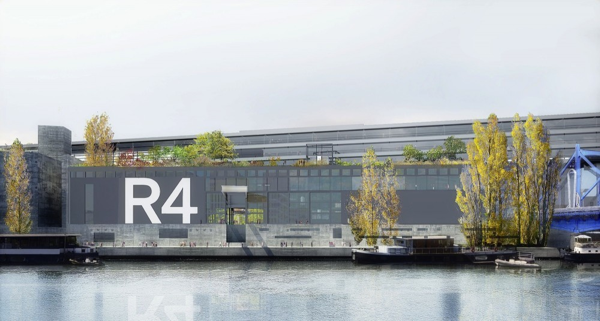Art & Exhibitions
Paris Will Get €150 Million Jean Nouvel-designed Art Island
Where François Pinault failed, Yves Bouvier Triumphs.

Where François Pinault failed, Yves Bouvier Triumphs.

Coline Milliard

It might well be the spot in France most lusted-after by art collectors. François Pinault dreamt of installing his shiny Pinault Collection there before decamping to Venice. Dominique Perrin toyed with the idea of relocating the Cartier Foundation to its industrial shores. In the end, the Île Seguin—an island on the Seine in the Parisian suburb of Boulogne-Billancourt, which once hosted a Renault car factory—will be rehabilitated by the Swiss Yves Bouvier, owner of the art transport giant Natural Le Coultre.
After a fierce legal battle, the last challenges from environmental associations were ironed out last September. The building works for the €150 million, Jean Nouvel-designed art hub (named R4, after Renault’s popular car) are due to start next summer.
Located on an 8,450 square-meter patch of land, R4 will spread over 19,300 square meters, split over 8 levels and a rooftop. An exhibition hall, a sculpture park, a performing arts venue, offices, as well as spaces for auctioneers and private galleries (whose names are yet to be revealed) are all in the pipeline. As Georgina Adam points out in the December edition of the Art Newspaper, a vast portion of the space, 4,500 square meters, will be dedicated to storage and art handling, some of which will be open to the public.

Swiss businessman Yves Bouvier
Photo via: The Telegraph
This isn’t as surprising as it first seems. Via Natural Le Coultre, Bouvier is a majority shareholder in the Luxembourg and Hong Kong freeports (see “Le Freeport” Opens in Luxembourg”). Himself a collector with experience of organizing fairs in Moscow and Salzburg, he’s very attuned to the needs of art professionals. And while R4 won’t be a tax free zone, it could nonetheless be an attractive option for the perennially-short-of-space art sellers in Paris, particularly if the capital continues to seduce the industry’s major players (see “FIAC Is the Art Fair Europe Wants”).
R4 is part of a larger scheme set to turn the stretch between the Western suburbs of Issy-les-Moulineaux and Nanterre into a “Vallée de la culture” (culture valley). It is emblematic of a new trend in the Parisian art market, which seems to be finally realizing that new opportunities lay beyond the traditional (and congested) hubs of Saint-Germain-des-Prés and the Marais.
In 2012, Gagosian opened in the Northern suburb of Le Bourget (known for its private jet-friendly airport), while Thaddaeus Ropac set up shop in a gigantic former heating system factory in Pantin, North East of Paris. More recently, Yvon Lambert’s former director Olivier Belot announced that he was opening his own venture, Until Then, in St. Ouen (see “Does Olivier Belot Really Think He’s the Next Yvon Lambert?”). Paris’s suburbs are, at long last, cropping up on the ever-exclusive art market map.